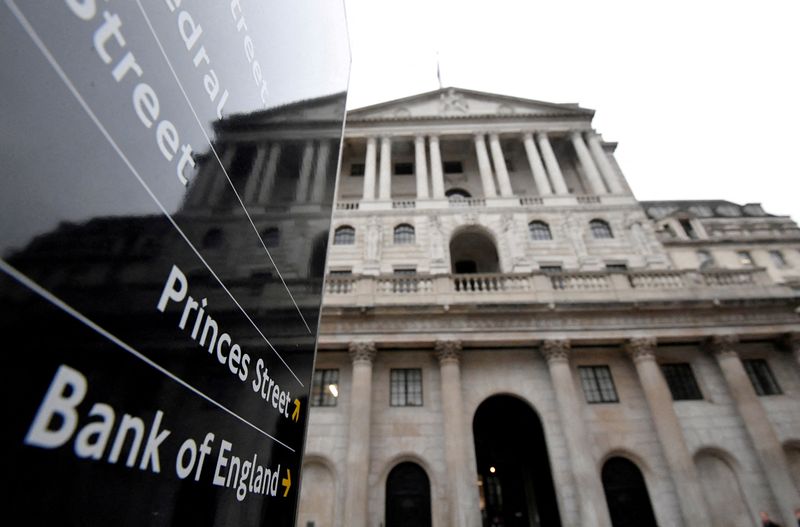Investing.com – UK gilt yields have soared of late, and this has cemented UBS’s view that the Bank of England will cut interest rates in February, with more rate cuts to come later this year.
The rise in UK yields started with the rise in US yields after the US election, with the UK-specific concerns coming into focus only last week, analysts at UBS said, in a noted dated Jan. 13.
The budget, with its business-focused tax rises, managed to shatter already fragile confidence. In 3Q24, growth fell short of expectations. And this weakness is likely to continue in the near term.
However, the bigger problem, the Swiss bank added, was the decision to leave very little fiscal headroom in case things don’t turn out as planned, as has now happened with these higher yields.
The additional cost of servicing the UK national debt puts the Chancellor’s fiscal targets when the Office for Budget Responsibility publishes them for the Spring Statement, something Rachel Reeves may have to address.
The Chancellor has (for now) ruled out tax rises in the spring, so spending cuts it is. But this may not be as easy as it sounds. The signature piece of the budget was the sharp increase in public spending (which is why there is no headroom, despite large tax rises), and is the chancellor really prepared to reverse some of this? Or is it just a case of promising to do more in the future—on top of already “ambitious” plans for paring back spending growth over the remainder of the parliament?
“I suspect the chancellor will opt for the latter, but whether investors buy this or not is an open question,” UBS added.
That said, “recent events do give me greater conviction that the Bank of England will not sit on the sidelines. Higher borrowing costs, which are flowing into the real economy, are tightening financial conditions. Inflation pressures are present but fading, so a cut in February, with more later this year, remains the base case.”



